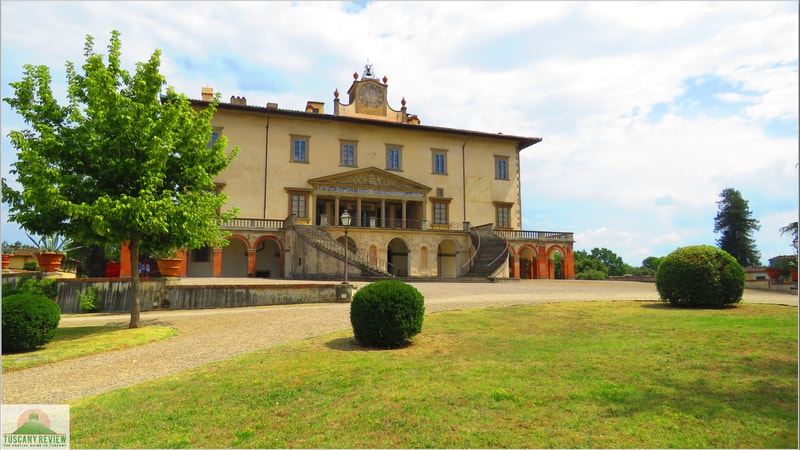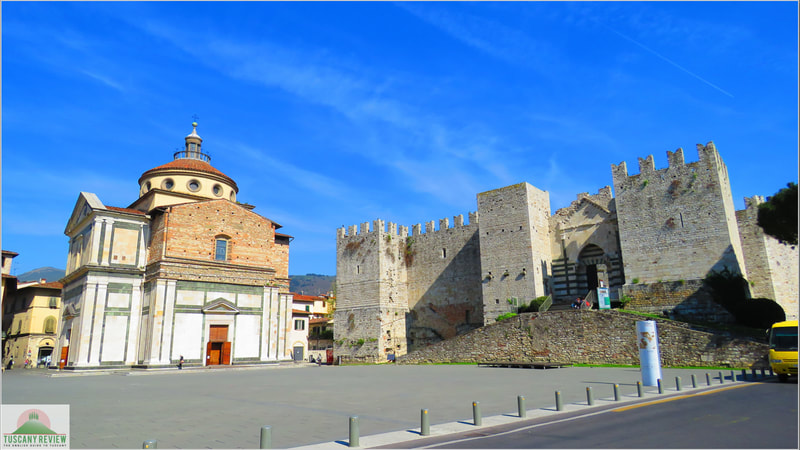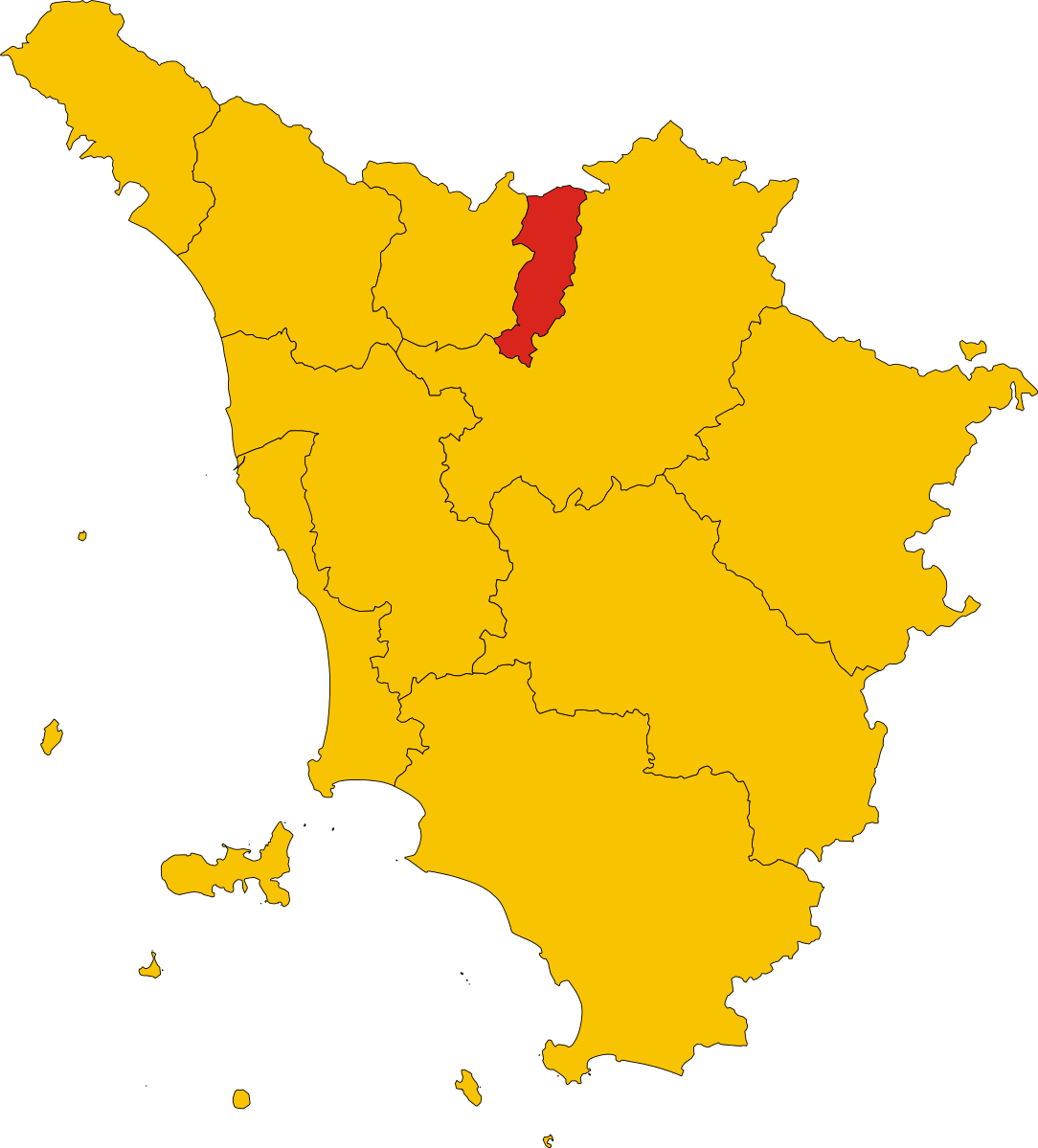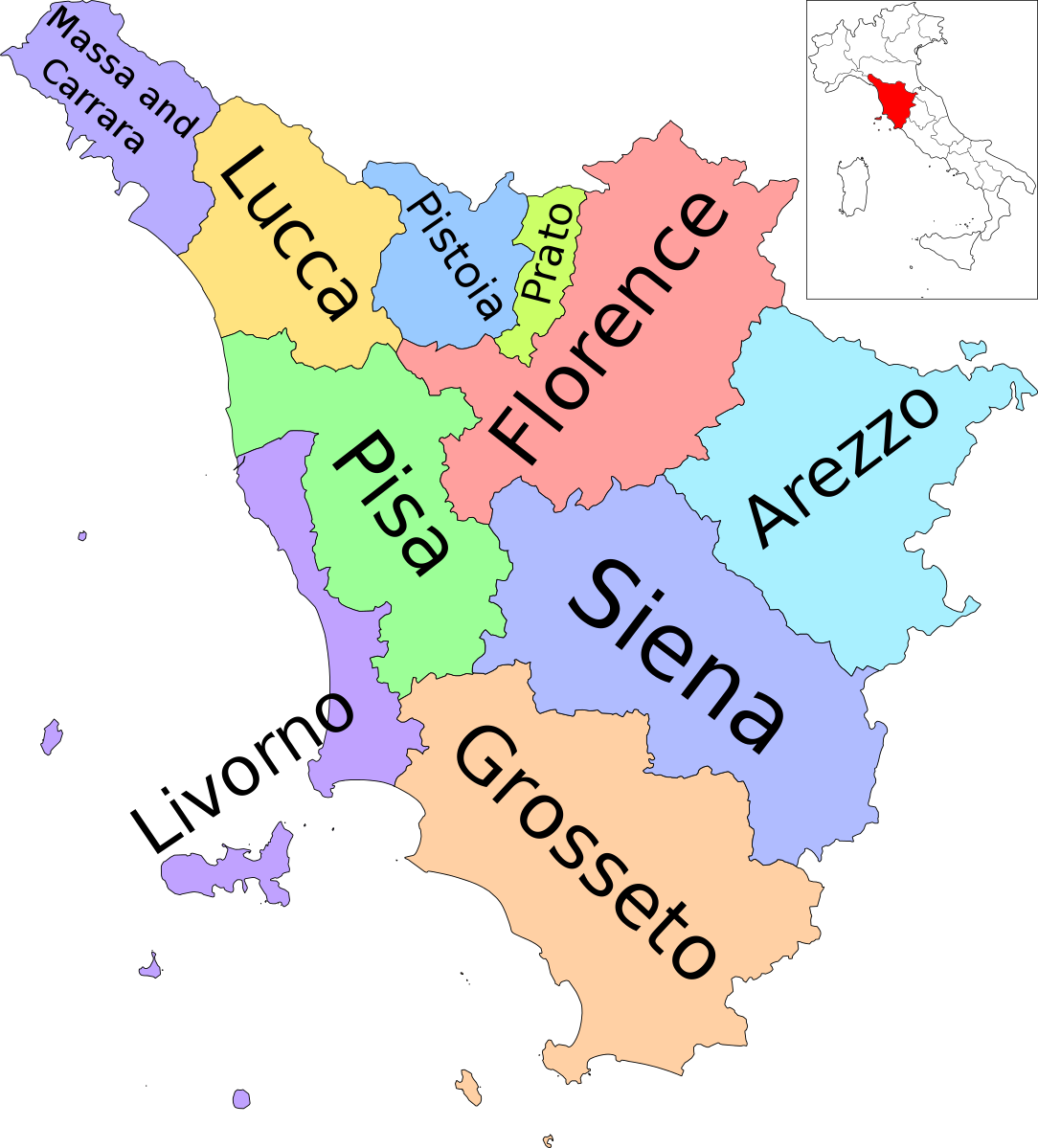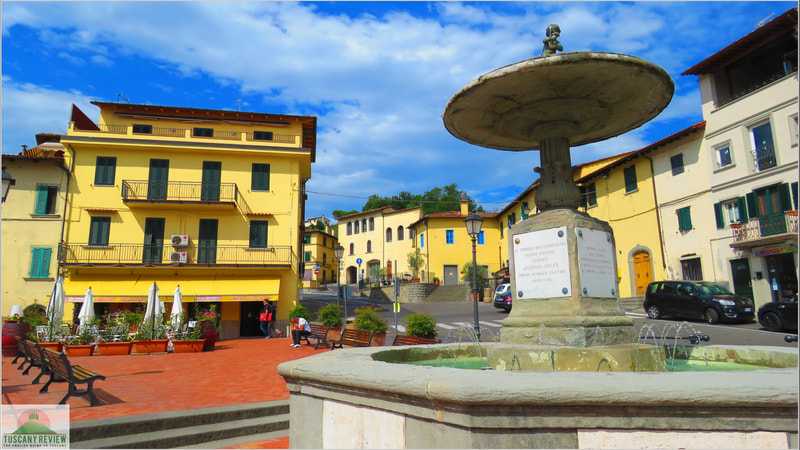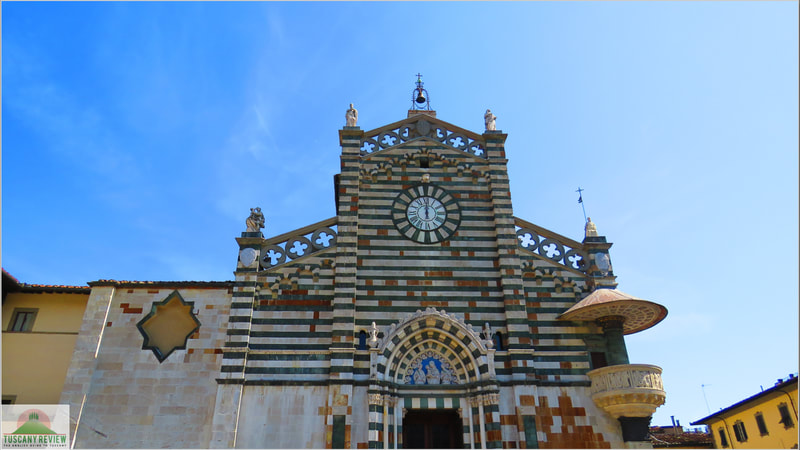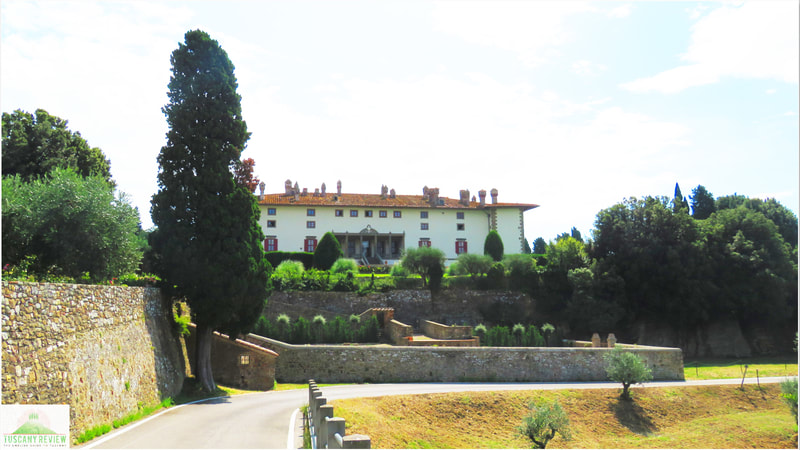Prato Province
|
By Dion Protani
|
Latest update: 26 November 2023
|
|
The Prato Province occupies a total geographical area of 365 square kilometres including the provincial capital city of Prato.
Within the province there are 7 provincial towns, which contain a total population of around 258,000 inhabitants. Among the highlights in the province are the town of Carmignano and the UNESCO-listed Medici Villa La Ferdinanda in Artimino. |
Related links
Profile
Prato is a province in the Tuscany region of Italy. It is known for its rich history, cultural heritage, and industrial significance.
History
The history of Prato dates back to ancient times when it was settled by the Etruscans. During the medieval period, the city of Prato became an important center for textile production, specializing in woolen fabrics.
ts strategic location along the trade routes between Florence and Pistoia contributed to its economic growth and prosperity. Over the centuries, Prato experienced periods of prosperity and turmoil, but it always remained a significant cultural and industrial hub.
ts strategic location along the trade routes between Florence and Pistoia contributed to its economic growth and prosperity. Over the centuries, Prato experienced periods of prosperity and turmoil, but it always remained a significant cultural and industrial hub.
Highlights
- Prato City: The city of Prato itself is a charming destination with a well-preserved historic center. Visitors can explore its medieval streets, admire beautiful architecture, and visit landmarks like the Cathedral of Santo Stefano and the Palazzo Pretorio.
- Textile Museum: Given its historical significance in the textile industry, Prato is home to the Textile Museum, where visitors can learn about the city's long tradition of textile production and see a remarkable collection of fabrics and garments.
- Castles and Fortresses: Throughout the province, there are several ancient castles and fortresses that are worth exploring, such as the Castello dell'Imperatore in Prato and the Rocca di Montemurlo.
- Medici Villas: The province is dotted with elegant Medici villas, such as Villa Medicea di Poggio a Caiano and Villa Medicea della Petraia, which reflect the grandeur and wealth of the Medici family.
- Natural Reserves: Prato Province boasts beautiful natural areas, including the Monteferrato Nature Reserve and the Calvana Mountains, which offer opportunities for hiking and enjoying the picturesque landscapes.
- Art and Culture: Prato is home to numerous art galleries and cultural institutions that host exhibitions, performances, and events throughout the year.
- Festivals and Events: The province celebrates various festivals and events, including historical reenactments, food festivals, and cultural fairs, providing visitors with a glimpse into local traditions and customs.
- Food and Wine: Prato is renowned for its delicious cuisine, with dishes like ribollita (a hearty vegetable soup) and cantucci (almond biscuits) being local specialties. The province is also part of the Chianti wine-producing region.
Provincia di Prato
Neighbouring region: Emilia Romagna

